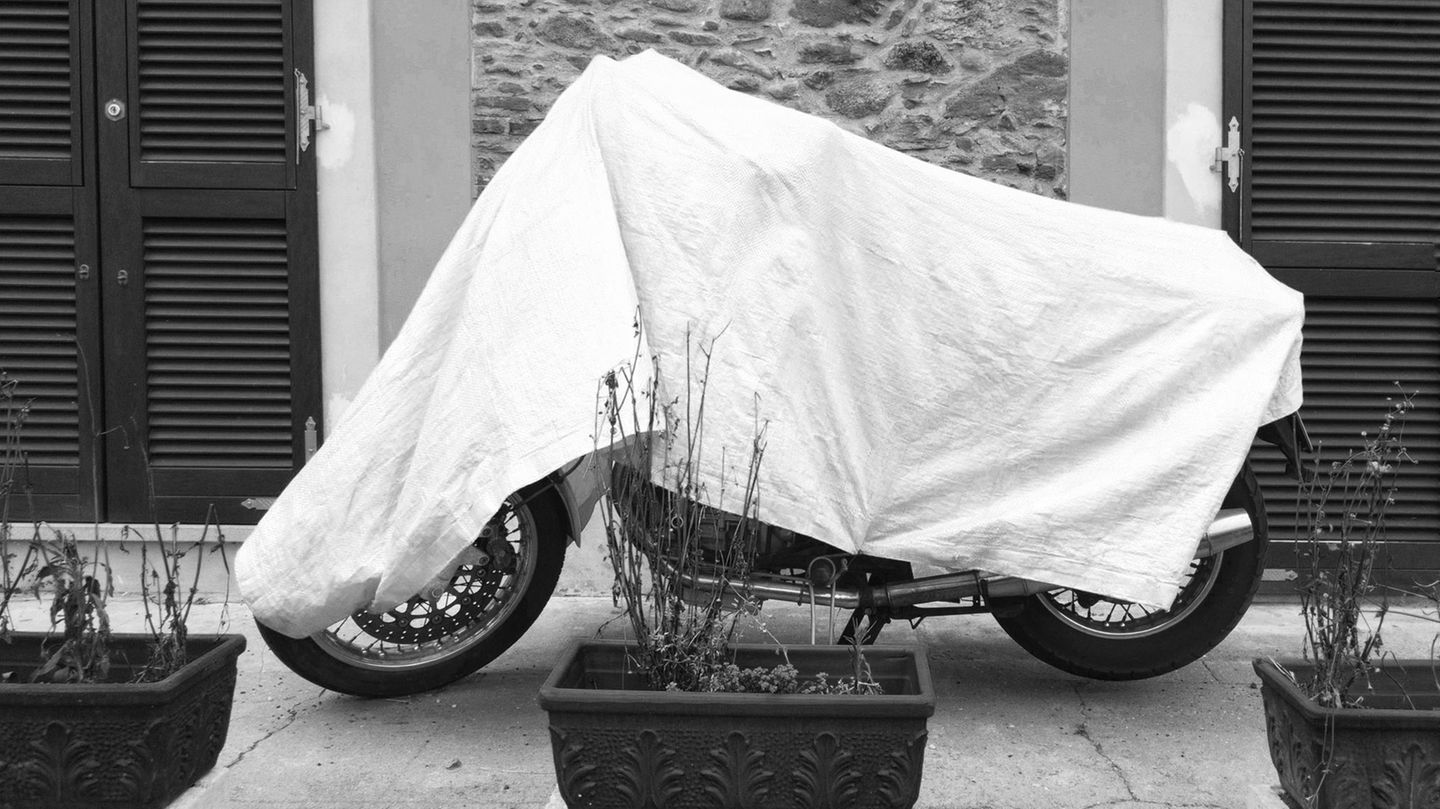Image: VOLKER Weihbold
A tough fight for survival has been raging on my balcony since this week. I bought flowers again. Previous attempts to beautify the outdoor living space in this way were very short-lived – for the planting. Sometimes it was a holiday, sometimes just my forgetfulness or too much water – after a few weeks only brown stalks remained of the colorful flowers.
This year it should be different, I decided. For once, climate change is my ally: due to the increasing drought, plants with low water requirements are more in demand than ever, the nurseries are full of them. In this way I can save the valuable resource water and at the same time compensate for my horticultural deficits – at least I hope so.
To find the right plants, I fiddled with Austria’s top authority on gardening: Karl Ploberger. They should be heat-resistant, but still flower profusely. Armed with good advice, I went to the nearest nursery and stocked up on soil, flowers and window boxes.
In addition to the balcony classic par excellence, the geranium or pelargonium, the organic gardener advised me to use mountain mint, also known as thyme.
The delicate flowers are not only beautiful to look at, but also popular with bees. The plant can also be made into tea and used in dishes. A multi-talent that meets all modern demands on a flower.
Given the botanical abundance at the nursery, I came up with the idea of an experiment: how do my thrifty flowers compare to real water guzzlers? How big is the difference in water requirements? So I asked the somewhat puzzled nursery worker about particularly “thirsty” plants. My choice fell on dahlias, which have a high water requirement due to their large, soft leaves.
In the end, my car looked as if a state garden show had exploded in it. At home I set up my field laboratory on the balcony – two identical flower boxes with the same soil, in one the water-saving plants, in one the “thirsty” plants.
Over the summer I will measure how high the water requirement is – towards the beginning of autumn I will report on the results here. The scientific standards aren’t too high, but I’m still curious.
At least that’s the plan – let’s see if all test objects survive the summer.
Ulrike Rubasch, Edmund Brandner and Valentin Bayer write alternately at this point.
Source: Nachrichten




